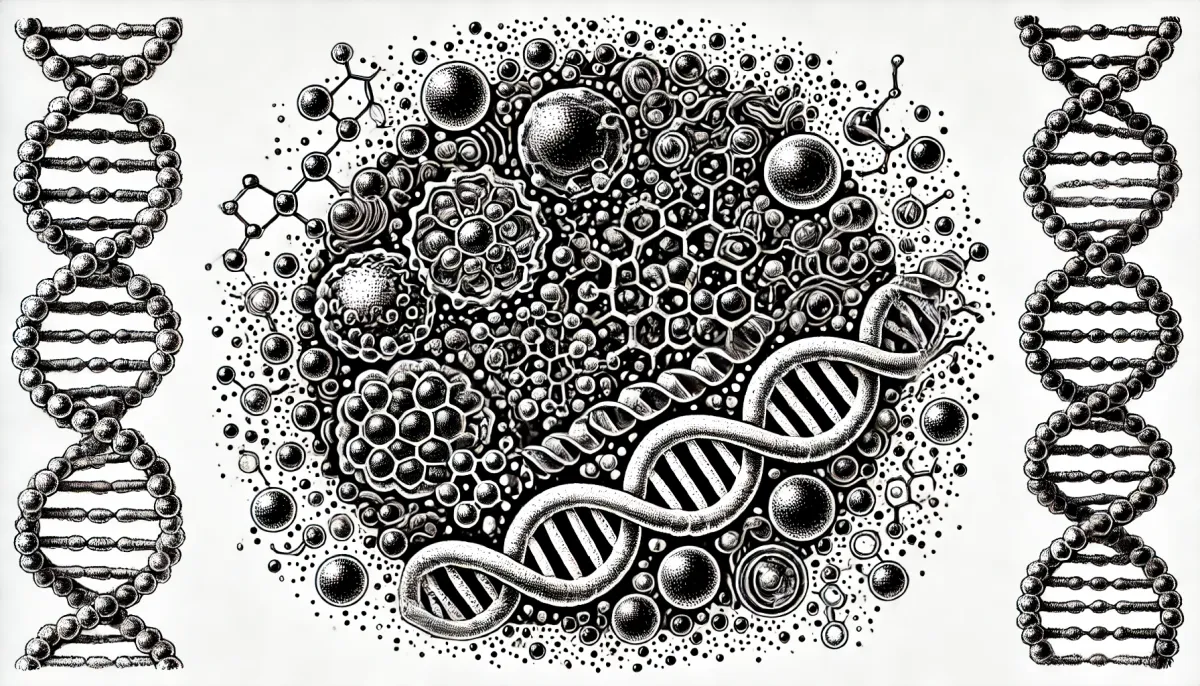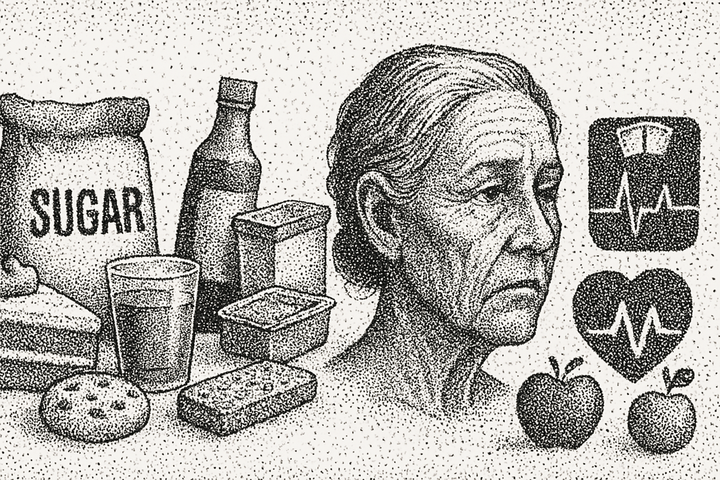Selenoproteins: The Tiny Proteins Making Big Waves in Anti-Aging Science

Anti-aging research focuses on understanding and slowing the aging process to improve health and extend lifespan, especially as populations age globally. Within the last three months, significant studies have emerged, particularly in cellular aging and neurodegenerative diseases like Alzheimer's. These developments could reshape how we approach age-related health challenges.
What Are Selenoproteins?
Selenoproteins are a special class of proteins that incorporate the trace element selenium, specifically in the form of the amino acid selenocysteine, often dubbed the "21st amino acid" due to its unique incorporation into proteins. Unlike typical proteins, selenoproteins rely on a complex biosynthesis process involving specific genetic machinery to insert selenocysteine at precise locations. They are best known for their antioxidant properties, helping to neutralize reactive oxygen species (ROS)—harmful molecules that can damage cells and accelerate aging. Examples include glutathione peroxidases, which protect cells from oxidative stress, and thioredoxin reductases, vital for maintaining cellular redox balance. In humans, 25 selenoprotein genes have been identified, playing roles in immunity, thyroid function, and cellular repair.
Recent Study on Selenoproteins
A study published on February 3, 2025, by Osaka University researchers explored selenoproteins' role in combating cell aging using a mouse model (Selenoproteins study). They employed a gene knockout approach in mice to disrupt selenoprotein synthesis, observing significant effects on hematopoietic stem cells (HSCs) and B cell-lineage immune cells, with minimal impact on myeloid cells. The sample size isn’t explicitly detailed in public summaries, but such mouse studies typically use small groups (e.g., 5-20 per condition) to compare knockout and control groups; the full paper (DOI: 10.1182/blood.2024025402) would confirm this. The findings showed:
- Aged HSCs with impaired selenoprotein production struggled with self-renewal and exhibited B lymphocytopenia (fewer B cells).
- Increased lipid peroxidation, a type of oxidative damage, drove aging-related gene expression.
- B cell progenitors shifted toward a myeloid lineage, a pattern seen in aging.
Interestingly, a Vitamin E-rich diet mitigated some effects in the mice, protecting hematopoiesis and repairing B cell differentiation. This suggests selenoproteins maintain an oxidant/antioxidant balance critical for cell renewal, offering a potential target for anti-aging therapies. However, since this research was conducted on mice, human trials are needed to determine if these findings translate to us.
How to Get More Selenoproteins in Your Diet
Since selenoproteins depend on selenium, boosting dietary selenium intake can enhance their production in the body. Selenium is a trace mineral found in various foods, and its levels in diet depend on soil content where food is grown. Although the Osaka University study was conducted on mice, selenium is still beneficial for humans, supporting antioxidant defenses and overall health as established by prior research. Here are practical ways to increase selenium intake:
- Brazil Nuts: One of the richest sources, with a single nut providing up to 95 micrograms (mcg) of selenium—exceeding the daily recommended intake of 55 mcg for adults. Limit to 1-2 nuts daily to avoid excess.
- Seafood: Tuna, sardines, shrimp, and salmon offer 40-65 mcg per 3-ounce serving, doubling as protein sources.
- Meat and Poultry: Beef, chicken, and turkey provide 20-35 mcg per serving, with organ meats like liver being especially high.
- Eggs: A large egg delivers about 15 mcg, making it an easy addition to meals.
- Whole Grains and Seeds: Brown rice, oats, and sunflower seeds contribute smaller amounts (10-20 mcg per serving), varying by soil selenium levels.
- Supplements: Selenium supplements (e.g., selenomethionine) are available, but consult a healthcare provider, as excess selenium (over 400 mcg daily) can cause toxicity, leading to symptoms like hair loss or nausea.
Pairing selenium-rich foods with Vitamin E (found in nuts, seeds, and leafy greens) may amplify antioxidant benefits, as seen in the Osaka study. A balanced approach ensures adequate selenium without overdoing it, supporting selenoprotein synthesis naturally.
Progress in Alzheimer's Disease Trials
The National Institute on Aging (NIA) reports ongoing clinical trials for Alzheimer's, with recent approvals of anti-amyloid drugs like Aducanumab and Lecanemab marking progress after nearly two decades (NIA Advances). These drugs target amyloid plaques in the brain, aiming to slow disease progression. The NIA supports over 400 active trials, focusing on early intervention, with a portal, Alzheimers.gov Clinical Trials Finder, for participants. This reflects a push to address Alzheimer’s—a major age-related condition—earlier in its course.
Conclusion and Future Outlook
The last three months have seen notable anti-aging advances, with the selenoprotein study highlighting cellular mechanisms and dietary potential in mice, and AD trials pushing forward disease-modifying treatments. These efforts underscore the promise of healthier aging, though further human studies are needed. Integrating dietary and therapeutic strategies could redefine aging, offering hope for extended, healthier lives.




Comments ()